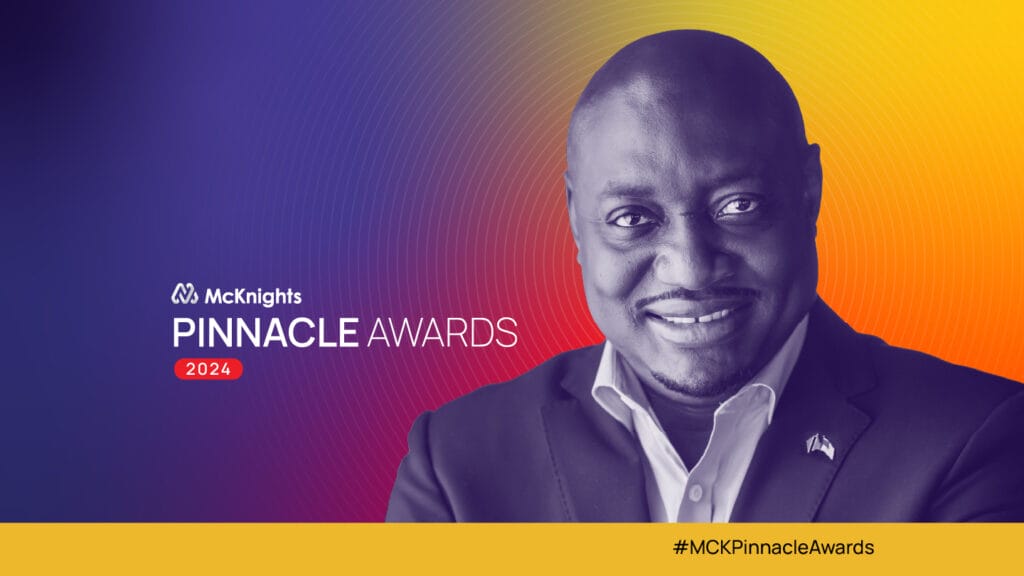By 2030, the over-60s age group will be 1.4 billion globally. That’s only eight years away. This is a huge population that will need both government services and consumer services. By 2030, the silver economy is projected to spend just under $15 trillion, up from $8.7 trillion in 2020. This segment — particularly the area of aging in place — presents major opportunities for investment.
According to Pivotal Ventures, the aging care industry — which includes daily essential activities, health and safety awareness, care coordination, transition support and home-based care — is a $648 billion market. That’s over a billion dollars more than the pharmaceutical industry and signifies how much the customers in these markets are willing to pay.
That doesn’t even include the family caregivers, who provide an estimated $470 billion worth of free care, often at significant personal cost. Empowering older adults to live independently can take some of that burden away.
The results of an AARP survey state that 77% of over 50s want to remain aging in place in their homes; that’s more than 3 out of every 4 people. Older adults are not a monolithic group; this is a wildly assorted supergroup. Everyone’s vision for their future is different, as are their needs for products and services.
Benefits to aging in place
It can be more affordable to stay at home, as assisted living and care homes can cost considerably more in rent and fees. It promotes independence and friends and family can participate more, without restrictions on visiting hours. Geographical location remains the same, which allows a person’s social connections and familiar neighborhood to offer comfort in this transitional stage of life.
There are possible consequences of living independently though, including less frequent care visits from professionals, social isolation, a possible struggle to meet daily needs or manage home maintenance, or living in an improperly designed space. So, why would so many seniors opt for staying home?
The answer is “for a thousand reasons,” including social, financial and nostalgic motivations. But whatever their drive, today’s older adults can be supported by endless technological advances, making aging in place a more realistic option.
Opportunities for age-tech solutions providers
Gerontechnology, or age tech, are terms used to describe technology specifically designed for older adults that can keep people safe at home. As long as an individual has a strong and reliable internet connection, many digital routines and support are possible.
Safety has to be front of mind when researching aging in place.
Smart technology can connect alarm systems to caregivers. Motion sensors can trigger a message that activity is happening, either around the home’s perimeter or focusing on something like turning off an oven.
Different smart devices can be used as home hubs. Products like Amazon’s Echo can allow lights, heating and door locks all to be managed remotely, as well as through voice command. The Echo, and hubs like it, can set medication reminders and be a companion to people too. Other smart devices include micro-motion sensors that can be set on medicine cabinets, for example, to assure a carer that it’s opened and medicine is taken daily.
The Internet of Things is another term about interconnected devices that allow tailored support, automation and reporting to ensure safe, independent living. These can be sensors, mobile phones, Geotech, or even a heart monitor reporting back to a connected device to help manage complex ailments.
Reducing the digital divide
Technology holds a lot of opportunities, but to bridge the digital divide we must showcase its practical uses. There is not a resistance by older adults to using modern technology, the problem is that technology hasn’t met them in their space.
Supported learning is the springboard to removing any trepidation or unfamiliarity with the technology and opens the doors to enhance a person’s life. Social learning can improve self-care, mental health and reduce the need for medical intervention.
Through online technology classes, learners’ digital capabilities and confidence expands. More older adults can then capitalize on health and financial opportunities — using tech directly to understand local services better, access telehealth and support themselves with independent research, taking the strain off carers, medical professionals and health insurance companies.
Additionally, even more, seniors can find job opportunities. The benefits of working beyond retirement age, extend to the reduction of mental decline, social isolation, and possible mental health issues, like depression creeping in, due to a lack of purpose. But also, seniors support the economy. The Bureau of Labor Statistics indicates that in 2020, more than 1 in 4 of the 65-74-year-old age group were still working.
A shift from aging care
The market is shifting from aging care to aging in place. A smaller proportion of people in later life are living in long-term care institutions, because of the expansive continuum of home- and community-based services, helping people to live as independently as possible.
There are massive opportunities for better aging and the organizations and investors in this sector. Areas like transportation services, personal alarms, housekeeping and virtual communities will all benefit directly from a more technologically adept user.
The freedom and dignity older adults have in the modern age brings opportunities for fully curated lives and real connections, even if health issues do arise down the road. We can all play a role in strengthening this reality and saving billions of dollars along the way.
Lawrence Kosick is co-founder and president of GetSetUp. He has led business development and partnership teams for decades at companies such as IFTTT, Sight Machine and Yahoo. He is pleased to work with co-founder Neil Dsouza at GetSetUp to create a learning platform for older adults that empowers them to live more happy, healthy and connected lives that is inspired by the work his father did to help older adults so many years ago.



